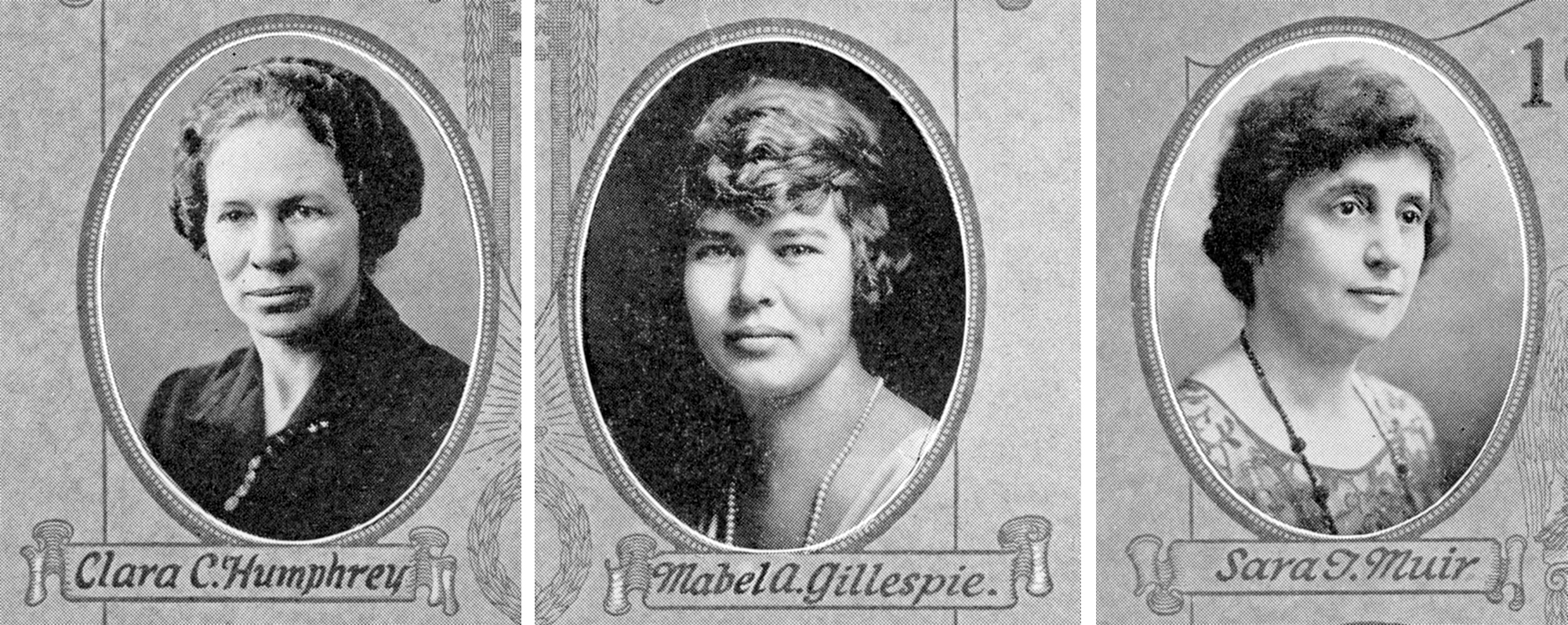
Four years after the 19th Amendment granted women the vote, Nebraskans elected three women to the State House of Representatives: Clara A. Humphrey of Mullen, Sara T. Muir of Lincoln, and Mabel A. Gillespie of Gretna. From the Nebraska Blue Book, 1926
An election year is a good time to recall oddities from Nebraska elections and politicians of the past.
The youngest governor in Nebraska history was Albinus Nance, who was only 30 years old when elected in 1878. Nance County is named for him. But Thomas Cuming was only 25 when he served as acting territorial governor in 1854-55.
The first Nebraska-born governor was George L. Sheldon of Nehawka, born in 1870 and elected governor in 1906. The only governor to serve nonconsecutive terms was Charles W. Bryan, brother of William Jennings Bryan. Charles Bryan served a single, two-year term, 1923-25, and two more terms, 1931-35.
Governor Charles H. Dietrich served the shortest term of any governor, only four months. Elected in 1900, Dietrich took office in January 1901. In late March the legislature elected him as U.S. Senator from Nebraska and Dietrich resigned the governorship on May 3, 1901. In those days U.S. Senators were chosen by the legislature. Direct, popular election of Senators did not begin until the seventeenth amendment to the U.S. Constitution was ratified in 1913.
William F. “Buffalo Bill” Cody was a candidate for the Nebraska legislature in 1872. Seemingly he had won, but the election was contested on the grounds that some of his opponent’s votes had not been counted. When all the votes were in, the legislature determined that Cody’s opponent was entitled to the seat.
The first three women to be elected to the Nebraska Legislature were Clara A. Humphrey of Mullen, Sara T. Muir of Lincoln, and Mabel A. Gillespie of Gretna. All three were elected to the House of Representatives in 1924. Women had not been eligible for election to statewide offices until after 1920, when the nineteenth amendment to the U.S. Constitution provided for equal suffrage.
And of course, in 1986, Nebraska hosted the first governor’s race in which both major-party nominees were women. State Treasurer Kay Orr, a Republican, defeated former Lincoln Mayor Helen Boosalis, a Democrat.



